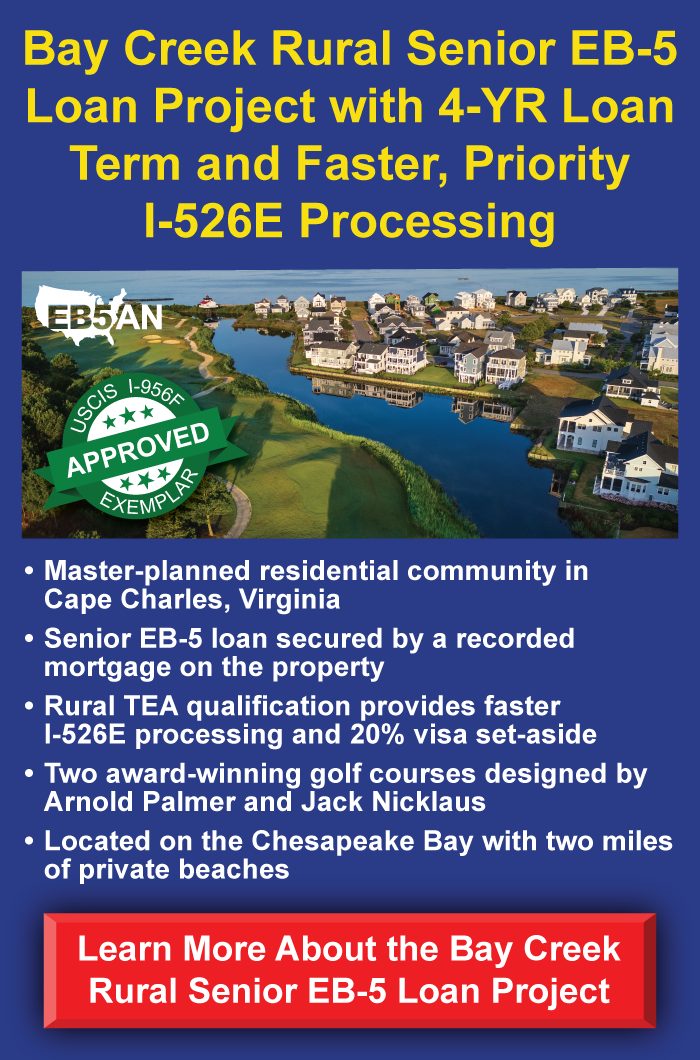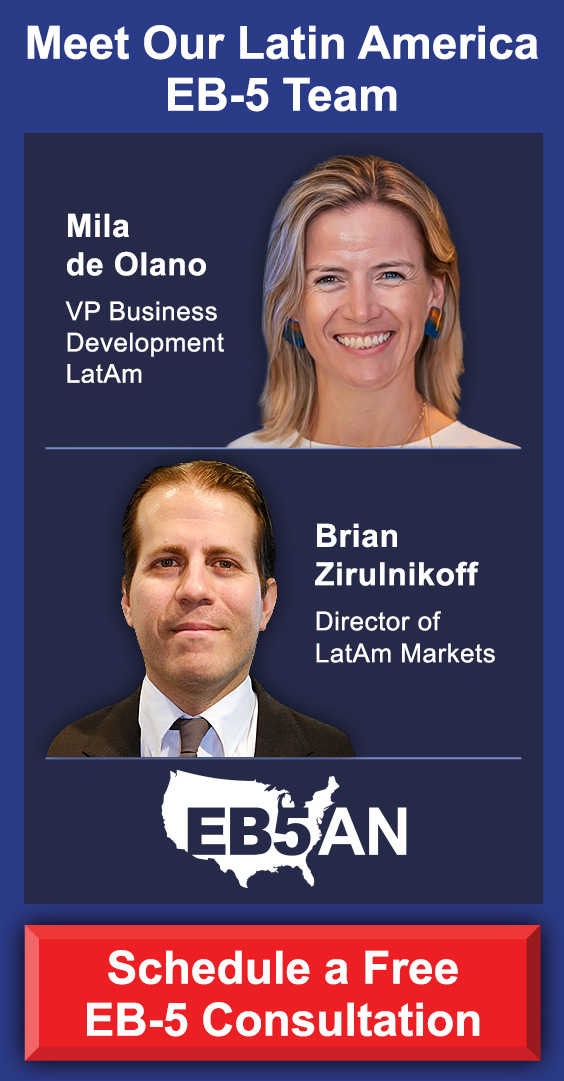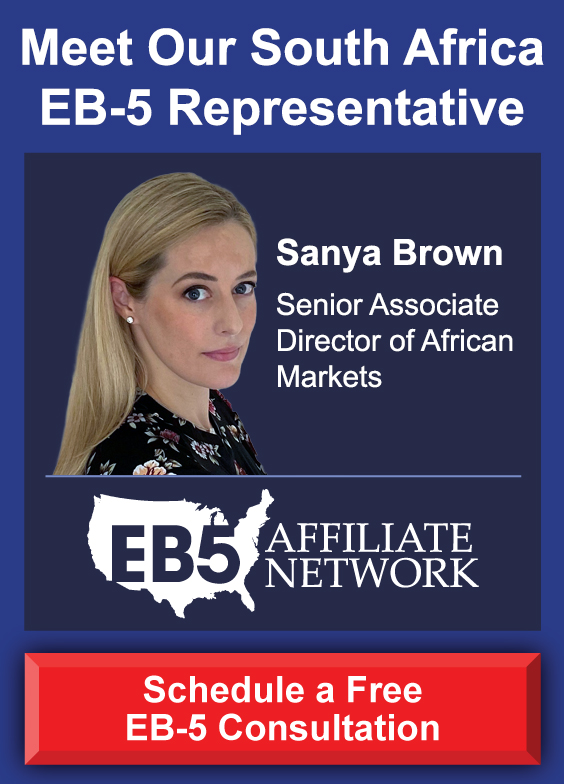Many foreign nationals applying for the EB-5 Immigrant Investor Program want to bring their spouse and children with them. Understanding who qualifies as a dependent, how age limits work, and the costs that are involved can help make the whole process much smoother.
This article explains who you can include in your EB-5 application, how the Child Status Protection Act (CSPA) helps children avoid “aging out,” and what to expect when it comes to fees and processing times.
Who Can Be Included in an EB-5 Application?
How the Child Status Protection Act Works
Costs and Fees to Consider
Processing Times and What to Expect
Making the Process Easier
Who Can Be Included in an EB-5 Application?
If you apply for an EB-5 visa, you can include your spouse and unmarried children under 21 in your petition.
According to Section 6, Chapter 6 of the United States Citizenship and Immigration Services (USCIS) Policy Manual, the derivative spouse of a principal investor may be included on the principal investor’s EB-5 application as long as (1) the marriage existed at the time the investor was granted a Green Card, (2) the marriage continues to exist during the principal’s adjustment of status, and (3) the principal maintains lawful permanent resident status while the derivative spouse adjusts their status. Notably, civil or common law partners do not qualify as spouses under the EB-5 program.
Children included in an EB-5 application can be biological, adopted, and stepchildren. You don’t need to make an extra EB-5 investment for them—they are covered under your main application. And there’s no limit on how many children you can add as long as they meet these requirements. What matters is that they are unmarried and younger than 21 when you submit your Form I-526E.
How the Child Status Protection Act Works
A big concern for investors is that their child might turn 21 before their application is approved, which could make them ineligible. In response to this concern, the U.S. government passed the Child Status Protection Act (CSPA).
CSPA helps prevent children from aging out by “freezing” the child’s age at the time you file Form I-526E. This means that even if your child turns 21 while the application is being processed, they may still qualify as a dependent.
However, this isn’t automated, so it’s best to work with an immigration lawyer to make sure your child stays eligible.
Costs and Fees to Consider
While your EB-5 investment covers both you and your dependents, you’ll still need to pay for all applicable fees.
The minimum investment required for EB-5 applicants varies depending on whether the project is in a targeted employment area (TEA) or not. If it is, then the minimum investment amount is $800,000; if not, then the minimum investment amount is $1,050,000.
Form I-526E fee is currently $12,160 and includes all dependents. If applying from outside the U.S., you’ll also need to pay $345 per person for visa processing and $220 per person before entering the United States. If adjusting status within the U.S., the fee for Form I-485 is $1,440 per person.
Other fees include $520 for work authorization, $630 for a travel document, and $9,525 for Form I-829 (to remove conditions on your Green Card). Each family member needs their own processing paperwork, so larger families will have higher total costs. Always check the official USCIS website for the latest price information.
Processing Times and What to Expect
How long your application takes depends on your investment type and country of birth.
U.S.-based investors in rural regional center projects are seeing I-526E approvals within 12 months, with some as fast as 8.5 months.
If you are already in the U.S., concurrent filing lets you submit your initial EB-5 application and adjustment of status petition, as well as work and travel permits, all at once. This process can save investors months and grant them crucial benefits while waiting for their Green Card.
Importantly, though, investors from countries with high demand, like China and India, might have longer wait times due to potential visa backlogs. Backlogs affect both principal investors and their beneficiaries, as each individual applicant receives a visa.
Because processing times change, it’s a good idea to check the latest Visa Bulletin and consult with EB-5 professionals for the latest updates.
Making the Process Easier
The EB-5 program is a great way for foreign nationals to get a U.S. Green Card for themselves and their families. Knowing the rules for dependents, how CSPA works, and what fees to expect will help you plan ahead and avoid surprises.
To make your EB-5 journey as smooth and successful as possible, working with experienced professionals can help you understand the rules and boost your chances of approval. That’s where EB5AN comes in.
EB5AN has helped more than 2,700 families from 70+ countries relocate to the United States as lawful permanent residents. Our expert team has more than a decade of experience, and we offer our clients first-rate, low-risk EB-5 regional center projects with a 100% USCIS project approval rate to date.
If you have any questions about including family members on your EB-5 application or need help with any other step of the immigration process, feel free to book a one-on-one call with our EB-5 team today.










